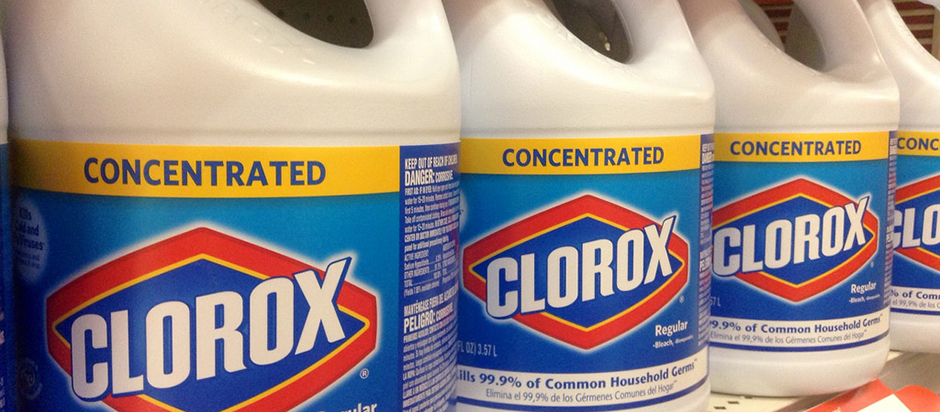Chemistry is all about mixing things. But you have to know what you are doing. A lady was complaining to a neighbor about an infestation of mice in her house. The well-meaning friend had a suggestion. Mix some toilet bowl cleaner with bleach in a container and leave the concoction in the house overnight. Guaranteed to get rid of the mice, she said. But she neglected to say that it could get rid of the human inhabitants as well. Permanently. Chemically speaking, bleach is a solution of sodium or calcium hypochlorite. When mixed with any acid, it releases highly toxic chlorine gas. Most toilet bowl cleaners contain sodium hydrogen sulfate, an acid which will quickly liberate chlorine from bleach. The acrid fumes of chlorine can destroy lung tissue, cause the lungs to fill with water and in a sense cause death by drowning. Chlorine gas was of course used for this purpose in World War I. Our mouse-fearing lady almost suffered the same fate as did the French troops at Ypres at the hands of the Germans. Luckily her neighbor looked in to see how the experiment was going and saved her just as she was about to pass out. Not every victim of this mixture turns out to be so lucky. Many who have poured bleach into a toilet bowl following an unsuccessful attempt to remove stains with a commercial cleaner have suffered permanent lung damage and some have died. No acid must ever be mixed with chlorine bleach. This includes acidic drain cleaners, rust removers and even vinegar.







